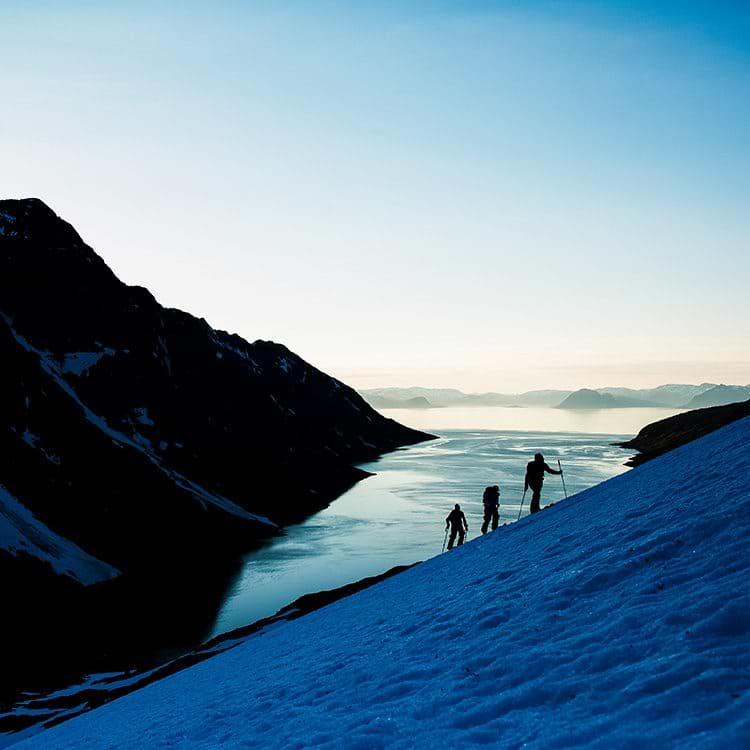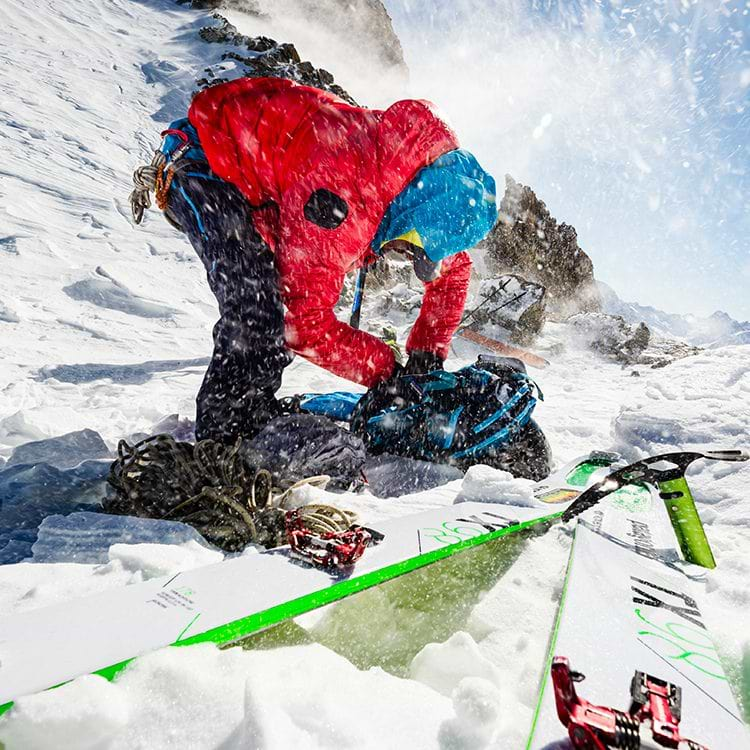As real estate prices and the cost of living continue to rise in traditional ski towns, most skiers who are not extremely wealthy are seeking more affordable options beyond the declining rural alpine ideal. These urban centres provide short commutes, easy access, and cultural experiences, offering a different kind of “ski town” dream.
Salt Lake City, Utah, USA
Skiers can stay and eat affordably in a city of 220,000 residents (1.2 million in the metro area), while easily accessing four of Utah’s best resorts in less than an hour: Solitude, Brighton, Snowbird, and Alta. Of Utah’s 15 resorts, ten are within an hour of Salt Lake City International Airport, a major hub in western America. It only takes one powder day at Snowbird or Alta to see why so many powder enthusiasts, pro skiers, photographers, and ski companies have made a home below the Wasatch.
Vancouver, British Columbia, Canada
The latter, the only family-owned and operated ski area in the region, is less than a 30-minute drive from downtown Vancouver and offers 200 acres of terrain, including a well-developed terrain park served by five lifts. Backcountry skiing from the top of the ski area is plentiful, mainly on rolling terrain, and snowboarders have consistently found natural gaps and landings to practice on. Across the road from Cypress, one of the most popular ski tours on the North Shore ascends and descends Hollyburn Mountain. The city of 650,000, renowned for its ethnic diversity, offers a diverse range of cultural experiences, including a wide variety of cuisines, frequent live music, and numerous galleries, museums, and theatres.
Innsbruck, Austria
Just 25 minutes away via funicular and cable car, skiers can travel from the charming Old Town- with its 15th-century buildings and modern architecture- to the Nordkette ski area. Here, you can descend Hafelar, one of Europe’s steepest runs, and challenge yourself on big mountain lines and steep tree chutes. Nordkette offers 1400 meters of vertical skiing straight into the city. On good days, the skiing compares well with neighboring Alps resorts. After skiing, visitors can explore Innsbruck’s historic center with cobblestone streets, medieval architecture, and Baroque churches, along with cozy sidewalk cafes. The “SKI plus CITY pass Stubai – Innsbruck” provides access to 12 nearby ski resorts, select public transportation routes, and 22 city attractions with a single ticket. Less than an hour away, the Stubai Glacier features halfpipes and natural jumps at Austria’s largest glaciated ski area.
Sapporo, Japan
With an average of 6.3 metres of snowfall annually, Hokkaido’s largest city (home to 2 million residents) serves as an ideal base to explore the North Island’s numerous ski resorts. Just 20 minutes from downtown Sapporo, the Teine ski area offers ocean views and top-tier skiing. It boasts some of Japan’s steepest on-piste runs and north-facing side-country terrain. Slightly further out, Sapporo Kokusai’s modest five lifts and seven marked pistes provide access to excellent tree skiing. About an hour from the city, halfway between Sapporo and the well-known Niseko resort, is Nakayama Toge—a legendary backcountry pass perfect for ski touring.
Santiago, Chile
Skiers can drive about 90 minutes from the city of nearly 7 million to Chile’s renowned Tres Valles: Valle Nevado, La Parva, and El Colorado/Farellones. Valle Nevado is the highest of the three resorts, often providing the best snow in the region, uncrowded powder days, and the most facilities. While the area is known for its many gentle slopes, cliff bands and rocky couloirs can be accessed from Tres Puntas, a 5,200-foot-long Poma lift, along with the Andes’ almost endless backcountry.
Start photo: Jordan Manley






































